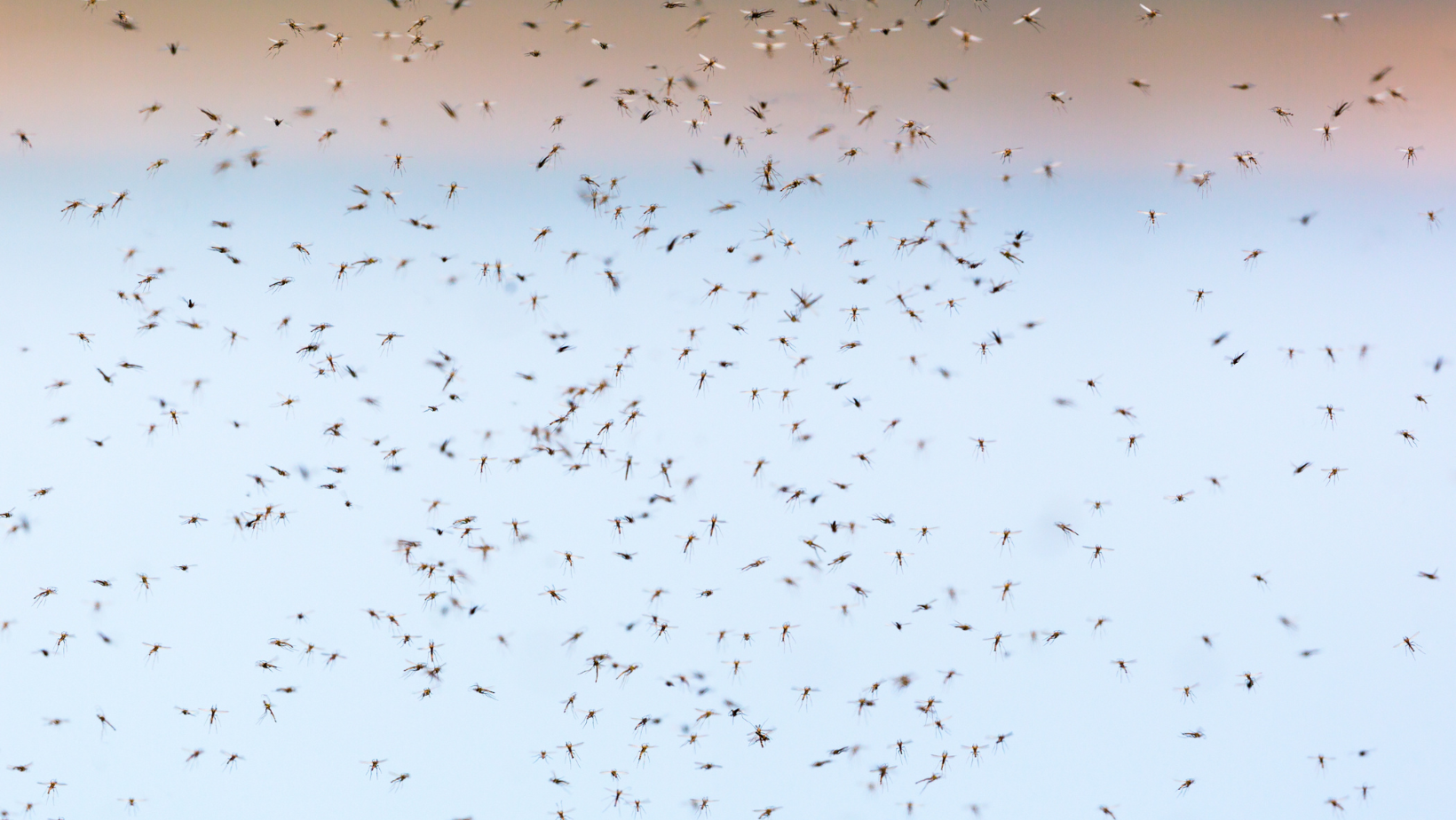

As mosquitoes and the diseases they carry continue to spread, researchers are learning more about the unique behavior of these pests. In a recent breakthrough, researchers at Florida International University’s Laboratory of Tropical Genetics uncovered the phenomenon of mosquito aggregation. Their findings shed light on how female mosquitoes collaborate with each other to select optimal breeding sites. This offers valuable implications for future pest control strategies!
Understanding Mosquito Aggregation
Female mosquitoes are known for their selective nature in choosing egg-laying sites. Surprisingly, it has been discovered that they have a tendency to congregate in groups, rather than dispersing evenly across available egg-laying site options. Mosquitoes rely on olfactory receptors to navigate around and locate suitable habitats to lay eggs. Their acute sense of smell allows for this collective decision-making. Mosquitoes rely on olfactory receptors to navigate around and locate suitable habitats to lay eggs. Carbon dioxide (CO₂) is a crucial factor influencing aggregation behavior.
Implications for Pest Control
Understanding how female mosquitoes collaborate to select optimal breeding sites offers valuable implications for pest control strategies. Targeted interventions at breeding sites with all-natural solutions that are informed by mosquito behavior, offer a more sustainable and effective approach than the random spraying of chemical pesticides. By disrupting the reproductive cycle of female mosquitoes, it becomes possible to slow population growth and mitigate disease transmission to animals and humans.
Predicting Mosquito Populations
As mosquito season approaches, it’s essential to equip ourselves with knowledge and resources to effectively manage mosquito populations. The dynamics of mosquito populations are influenced by a myriad of factors, with moisture and temperature emerging as primary determinants. Dr. Markowski, a technical advisor at the American Mosquito Control Association, emphasizes the correlation between rainfall and temperature with mosquito activity, highlighting that higher levels of precipitation and warmer temperatures typically result in increased mosquito populations. By staying informed about local weather patterns and forecasts, you can anticipate fluctuations in mosquito activity and take proactive measures.
Landscape Strategies for Mosquito Control
Strategic landscaping practices, such as regular maintenance and effective drainage, can significantly reduce mosquito breeding habitats. Keep your lawn cut and dump out any standing water on your property. Selecting mosquito-repelling plants adds an eco-friendly layer of protection. Contact your nearest ohDEER to schedule our All-Natural Tick & Mosquito Control service.
Personal Protection Strategies
Prioritizing personal protection with appropriate clothing and natural, safe repellents is crucial for minimizing mosquito bites and reducing the risk of diseases. In conclusion, by understanding the intricacies of mosquito behavior and leveraging natural pest control strategies, we can mitigate the impact of mosquitoes on our outdoor activities and stay safe from vector-borne illnesses.
Sources